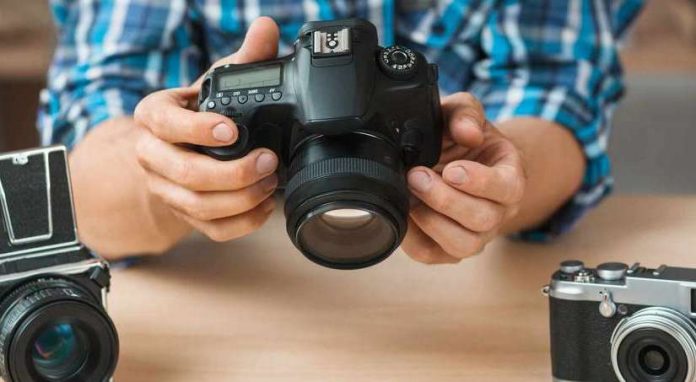An overview of the sorts of cameras that may be used by photographers seeking to create clearly compelling images from everyday events and experiences.
It has been said that “the best camera is the one that’s with you.” This quote is often attributed to Chase Jarvis although it has been bandied about long before he used it as the title for his book on iPhone photography. Some say that it was Ansel Adams that originally said this but it may be that the quotes origins are lost to the anonymity of time.
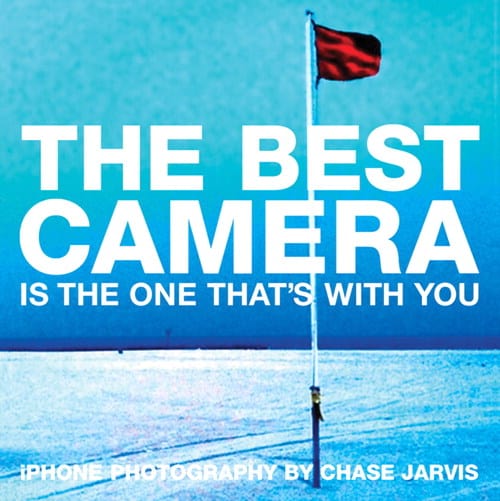
It was certainly Henri Cartier Bresson who most espoused this theory. His photos, caught in the “decisive moment” have become world famous despite being taken on a camera that barely had the quality of one of today’s cell phone cameras. Following in this tradition Chase Jarvis has shown, today’s cell phone cameras are sufficient to support a photography career.
The Most Megapixels
It has been said so many times that one would think it barely needs to be said again, a high megapixel count is not the be all and end all of quality photography. A few years ago it would cost a years wages to buy a camera that had a 14 megapixel sensor; these were the cameras of professional digital photographers.

Nowadays, people are talking of camera phones with similar megapixel counts. Seasoned photographers are always complaining that higher megapixel counts often result in noise that ruins pictures. The important thing is the size of the sensor.
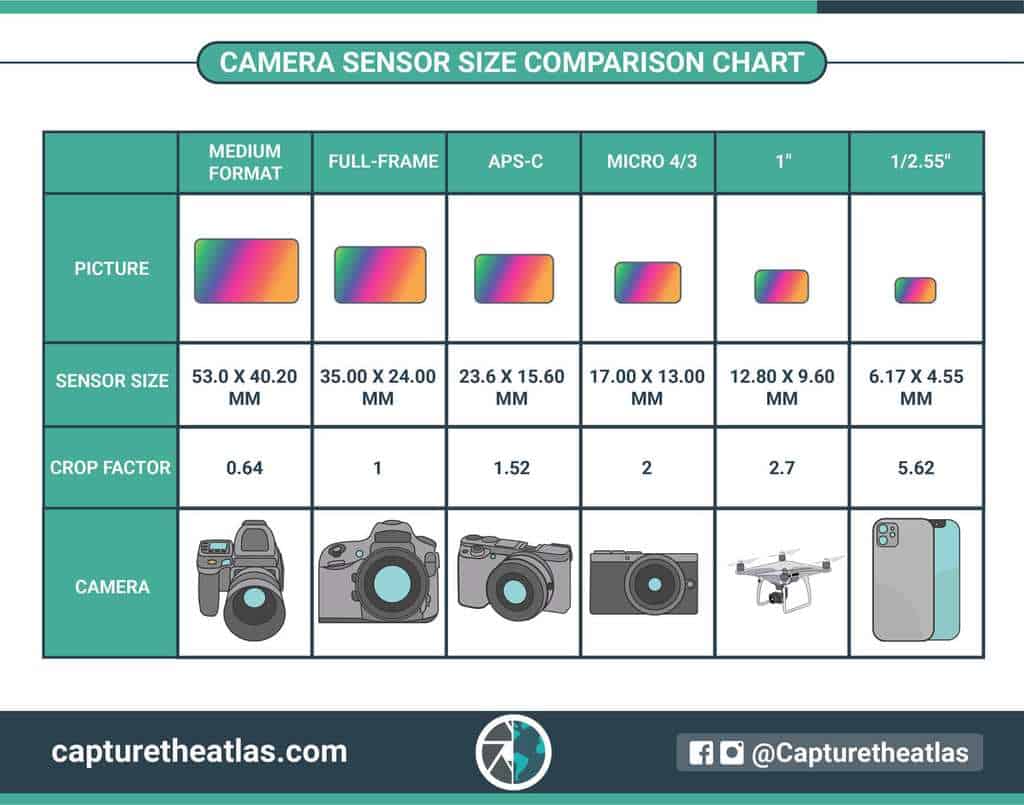
SLRs use very large sensors by comparison to those found in camera phones, with standard point and shoot compacts lying somewhere in between. By stitching together images from a camera with a high megapixel count people have succeeded in creating images of 45 gigapixels and beyond. But you will always be limited by the quality of the lens, size of sensor, and other features of any camera.
The Days of Film
A lot of people might think that the problem is that photography has become digital now. Like music was cut down from analogue sources into a series of ones and zeros, reducing photography to blocks will result in a decrease in quality.
However, this is not actually the case. Film was limited by the size of the grain with higher ISO films for use in lower light conditions having a finer grain. The digital future has the potential to create images with such detail that it is the optics that will have a far greater influence than anything.
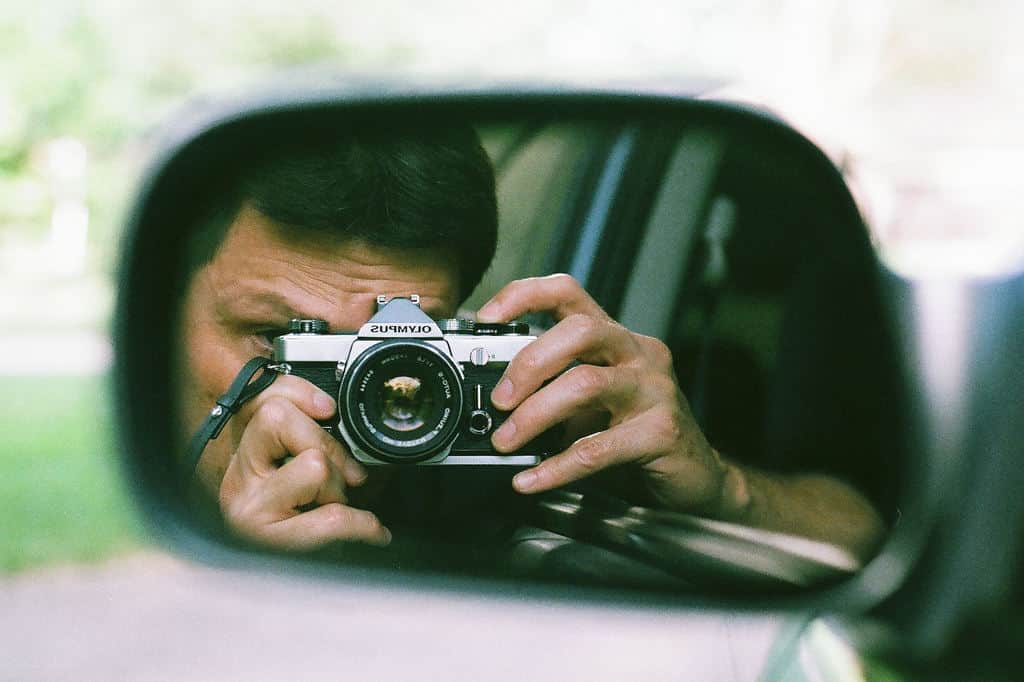
Like a telescope looking through our atmosphere at distant stars cannot see with absolute clarity due to the flickering of rising heat interfering with the travel of light, a camera is limited by how clearly its lenses can direct the light towards the sensor. This is why names like Carl Zeiss or Leica are so important when choosing the lens for a camera.
So What Is The Best Camera?
Camera sales have been taking off in recent years. Where in the past film for cameras was expensive to buy and have developed, people can now take a thousand photos, discard those in which they are not interested, and not spend a penny.
Photo sharing sites like Flickr or Instamatic are ubiquitous and almost everyone who has a Facebook account will have shared their photos with their friends through this avenue.
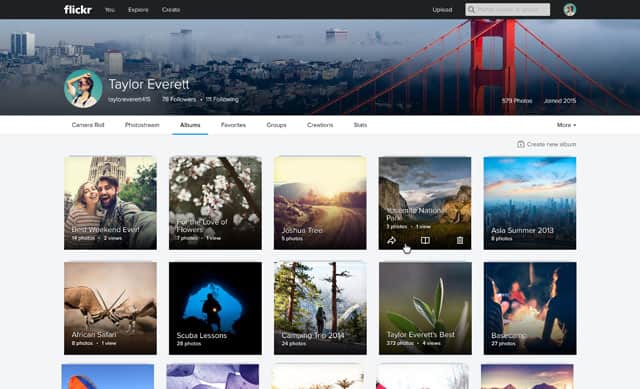
Almost everyone who has a mobile phone will by default have a camera built into it. However, this sparking of interest in photography amongst the population is seeing a far greater popularity for SLRs. Many people prefer the convenience of a cell phone camera or a compact point and shoot.
But as people begin to enjoy their photography more it is natural that the quality of the image produced will become important to them. Hence the drive towards the larger sensor size and broader optical range.
Why be satisfied with anything less?
A lot of people still prefer to use the camera in their cell phone, in fact there are advantages to this smaller camera. As far as quality goes it may be many times the quality of the camera that took Henri Cartier Bresson’s world famous photographs. Why ask for more than that?
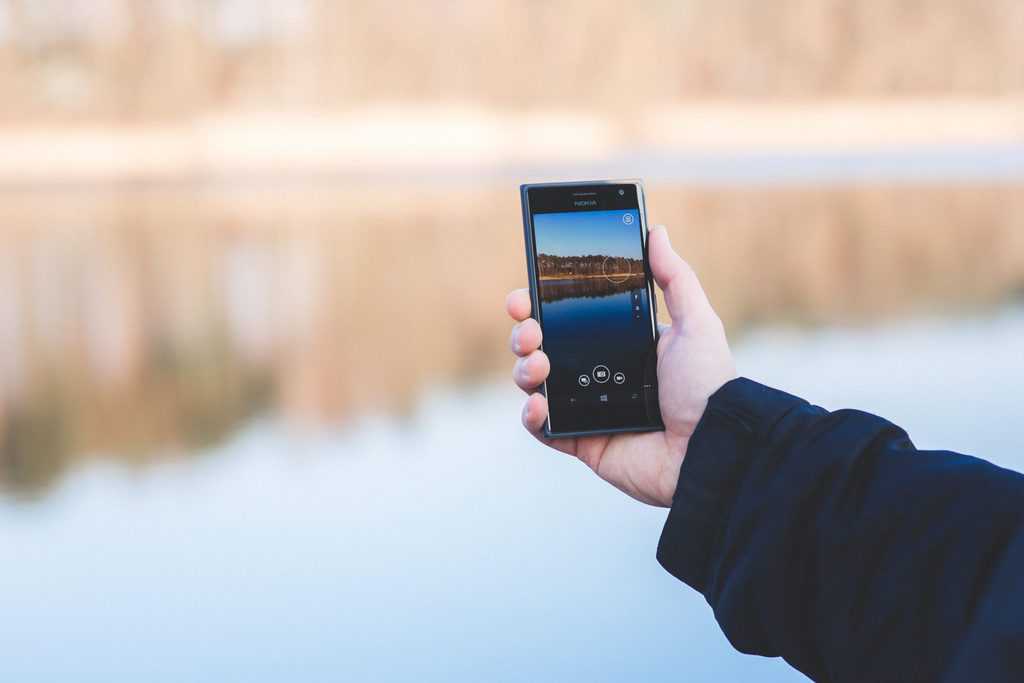
Also it is constantly connected via 3G to the internet for instant upload and sharing. There is also the possibility of GEO tagging and the flexibility of installing extra software to manipulate the photographs on a whim.
Many photographers who prefer to use the larger format cameras will still occasionally use the camera on their iPhone or Android phone for the convenience of these extra features.
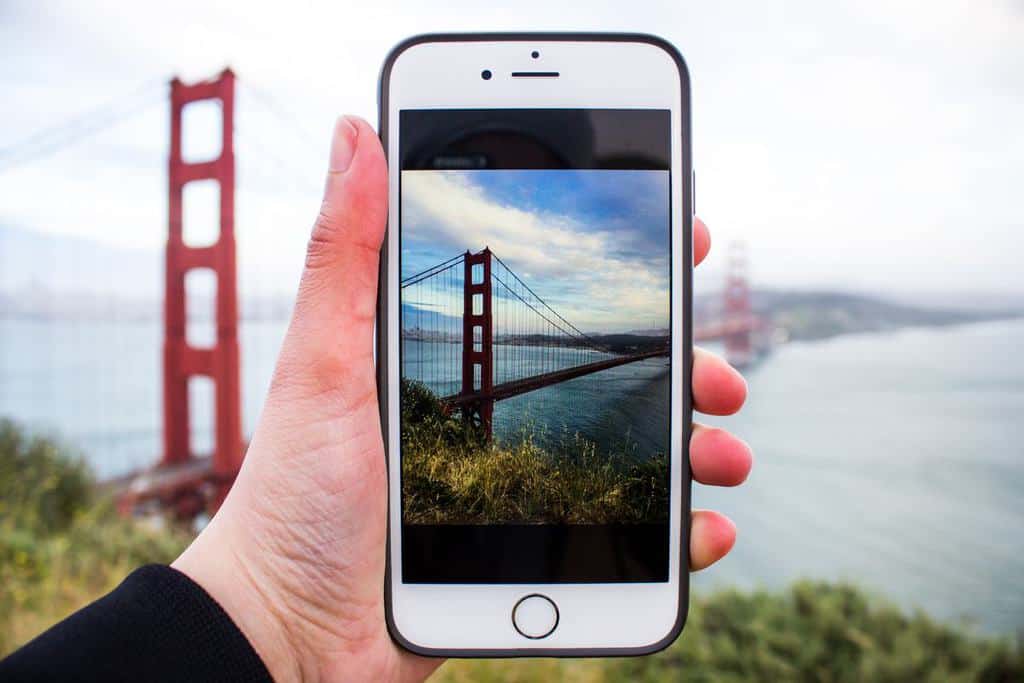
Many photographers will frequently be bemused that after a day of snapping away with more serious cameras they may snap a quick photo with an iPhone and that will be the best photo of the day. There are certainly many reasons to choose any type of camera, but it still remains that if the camera is not the sort of thing that you will be inclined to carry with you then it will not be there when it is needed.
So perhaps it is an enduring truism that the best camera will always be the one that you have with you.


